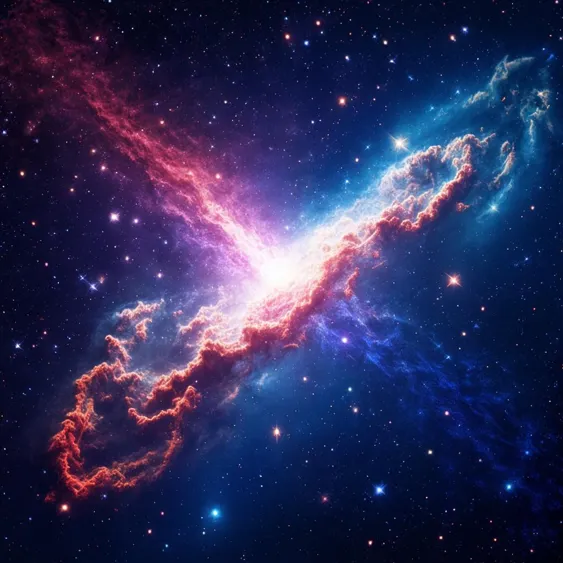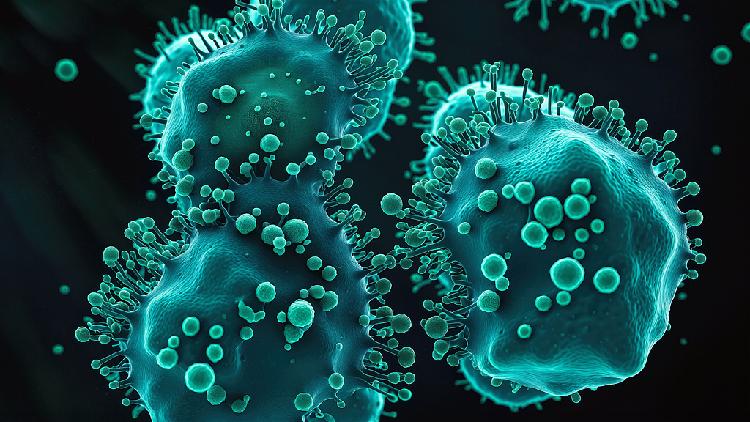Breakthrough in Cosmic Chemistry: Methanetetrol Synthesis

The recent breakthrough in chemistry, specifically the synthesis of methanetetrol—a molecule once thought to be impossible to create—holds significant implications for both scientific research and our understanding of the cosmos. This achievement is not merely a laboratory curiosity, but a window into the complexities of chemical interactions that can occur in extreme environments like outer space. Such developments can provoke public interest by connecting cutting-edge science to broader existential questions about life and the universe.
Methanetetrol, also known as a four-hydroxy form of methane, is a unique alcohol molecule characterized by four hydroxyl (OH) groups attached to a single carbon atom. Although this molecular structure has been theoretically proposed for over a century, it had never been observed until now. Researchers from the University of Hawaii and their counterparts in Shanghai recreated the harsh conditions of space—a near-vacuum, frigid environment coupled with intense radiation—where methanetetrol could naturally form. By using powerful vacuum ultraviolet light to stimulate chemical reactions involving water and carbon dioxide, they successfully synthesized trace amounts of this elusive compound. The practical implications of this discovery extend beyond pure chemistry; it poses significant questions about the formation of complex organic molecules needed for life in interstellar clouds. The formation of methanetetrol in such hostile conditions suggests that the universe has mechanisms for chemical diversity that could be vital in understanding how life may arise in unlikely settings across the cosmos.
This breakthrough offers a profound takeaway: if complex molecules like methanetetrol can form in the extreme environments of space, could similar reactions lead to the emergence of life beyond Earth? As we delve deeper into cosmic chemistry, new questions arise about the diversity of life forms that might exist, waiting to be discovered. What other 'impossible' molecules might we find in our quest to unravel the mysteries of the universe?
Read These Next

Gabe Newell: From Microsoft to Valve and AI's Rise
Gabe Newell's reflections on his departure from Microsoft and the rise of AI invite a broader consideration of how technological shifts are reshaping industries and professional opportunities.

Limitations of Earthquake Early Warning Systems
This article discusses the shortcomings of Google's earthquake alert system in Turkey and its implications for disaster preparedness.

Australian Researchers Begin Trial for Untreatable Cancers
Australian researchers begin a trial targeting aggressive cancers driven by the MYC protein, aiming to redefine treatment paradigms.
